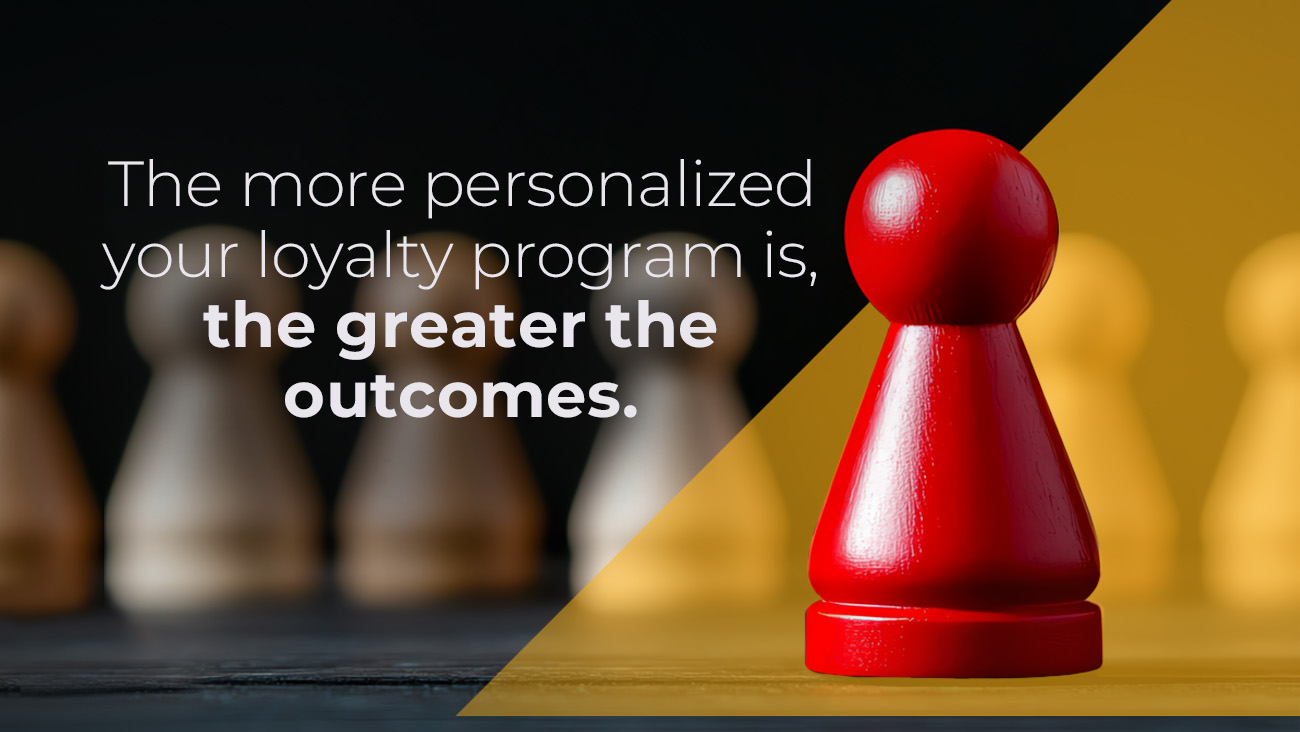Impact
Data showed employees felt recognized, valued, and empowered if they received three recognitions in the three months leading up to the company’s organizational health survey.
Industry
Life sciences
Problem space
Employee engagement
Services
Communications
Recognition
Research and strategy
Technology
Engagement platform
How does recognition impact an organization?
A global healthcare technology company wanted to determine if there was a connection between recognition activity and how employees feel at work. We compared their organizational health survey (OHS) results with our global recognition program activity and then used this information to make data-driven recommendations on how to optimize their recognition program.
Inspiring employees around the world
We paired the OHS survey results with six months of recognition activity preceding the survey. The over 40,000 individuals included in our research needed to be employed for the entire six months to be considered. The recognition data included in our research were special occasion, peer-to-peer, manager discretionary, recognition with points, and service anniversary.
We also implemented a regular cadence of campaigns to spotlight recognition. Campaigns incorporated segmented communications and messaging based on the employee’s level of engagement with the program with specific calls to action. Recognition tips based on the OHS research findings were also incorporated into leader and manager communications. To ensure employees felt connected and the campaigns resonated globally, all communications were translated and the employee received the messaging in their preferred language.
Recognition impacts culture
The data revealed a positive impact on those who receive 3 recognitions in 3 months leading up to OHS.
- If employees say they are often recognized, they are six times more likely to recommend the company to others as a great place to work.
- Employees who say they are often recognized are 6.2 times more likely to say their manager leverages differences as a strength.
- Those who receive recognition are 3.7 times more likely to give recognition as well.
- Those who say they are often recognized are 6.6 times more likely to say they are encouraged to find new and better ways of working.
- Those who feel recognized are 4.1 times less likely to think about leaving.
- Employees who receive three or more recognitions in six months score 10 percentage points higher on feeling “recognized for great performance.”
- Those who feel recognized are 7.8 times more likely to say they “go above and beyond” their normal duties.
During the recognition campaigns, the client saw great results.
- Over 730,000 total recognitions sent – up 11% over the previous year
- Over 9,000 first-time recognition givers
- Over 15,000 first-time recognition receivers
- 81% of employees logged into the recognition site
- 97% of managers gave recognition
- 89% of employees receive recognition
Thought Leadership
Learn from the best. BIW thought leaders bring you a deeper look at the business of inspiration.
-

Article
Encourage speak up culture
Speaking up is essential to bringing an inspired idea to life. Innovation requires doing something completely differently than in the past. At some point, someone went against the status quo.
-

Article
Bridging the gap: strengthening leader-employee connections on Employee Appreciation Day
The disconnect between leaders and employees has become increasingly evident. According to The New Rules of Engagement® research from BI WORLDWIDE, a staggering 38% of U.S. employees feel their leaders don’t understand the typical employee.
-

Article
Why learning is trending in the workplace
Lifelong learning does remarkable things for our brains. Research has found that learning keeps brain cells working at optimum levels, which may slow cognitive and memory decline as we age.

